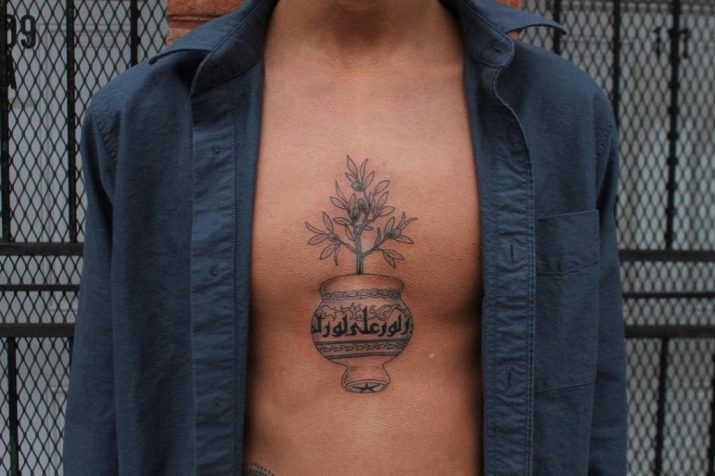All about tattoo in Islam
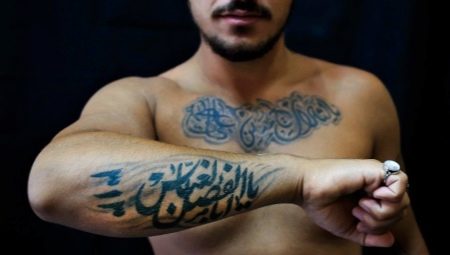
For Muslims, the attitude towards tattooing in Islam and resolving the question of whether Muslims can get a tattoo on the body is very relevant. It is worth figuring out why it is impossible to stuff, and what can be done to men so that it is not considered a sin.

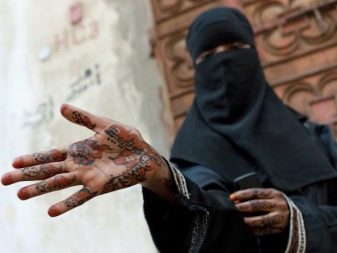
Islam's relationship to tattoos
To figure out whether Muslims can make any patterns or inscriptions on their bodies, one must turn to the general principle of Islamic doctrine, which regulates, among other things, this topic. According to him, the human body is perfect in the form in which it was originally created. Nothing could be more advanced. The sin when trying to get tattoos implies that people are driven by the motive to change or decorate themselves additionally. And this, from the point of view of canonical Islam, means exaltation of oneself above God and direct insult to him.
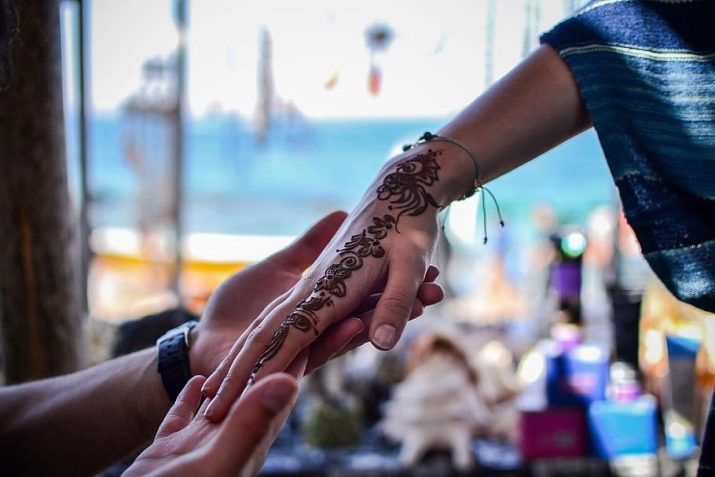
Therefore, a tattoo is definitely a sin for both the Tatars and other Islamic peoples, predominantly.... This is true for individual adherents of Islam, both men and Muslim women. The profession of a tattoo artist is also recognized as sinful, regardless of whether there is income from such activities or not. Moreover, if the tattoo artist receives payment, then all this money is equated to stolen money - these are such strict procedures.
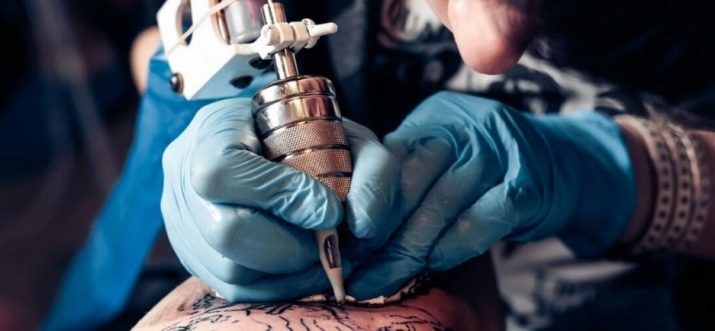
What kind of tattoos are not allowed?
Even when applying temporary tattoos, there are those that are not allowed in any case.
The ban includes:
- tattoos covered with protective compounds that complicate their removal;
- any image of people and animals;
- everything that significantly changes the appearance of a person, changes his appearance or the perception of a separate part of the body beyond recognition;
- inscriptions and drawings that run counter to the rules of Islam, all the more directly directed against God, his prophets, theses of the doctrine and any authorities in him.
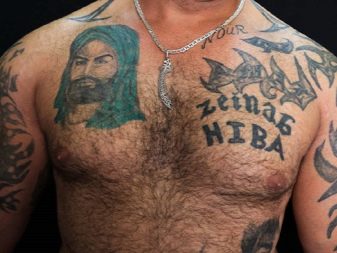
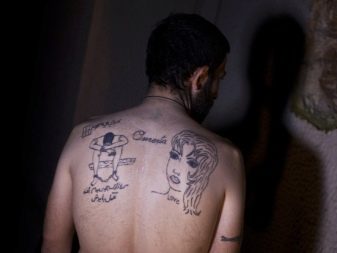
The restrictions don't end there. The Muslim approach prohibits even permitted temporary tattoos to be applied in the “awrat zone”. For women, only the face, head, hands, palms and fingers are located outside of it. Islam prohibits men from getting tattoos on the lower abdomen, on the thighs. At the same time, it is allowed to apply them, for example, on the chest, on the shoulder or on the leg below the knee.
It is worth emphasizing that regardless of gender, it is also forbidden to show body images on purpose, to be proud of them in front of anyone.

What can be done?
It depends on the point of view of specific theologians or trends. Despite the seemingly unambiguous ban, even in such a conservative community as the Muslim one, some people still tend to get tattoos. It should be understood that from the standpoint of traditionalist Islam, they are still completely banned. No exceptions are made even for inscriptions praising God, one's adherence to Muslim ideals, and so on. There is only one sometimes acceptable exception - getting a tattoo as prescribed by a doctor, the most fundamentalist circles, of course, reject this approach.
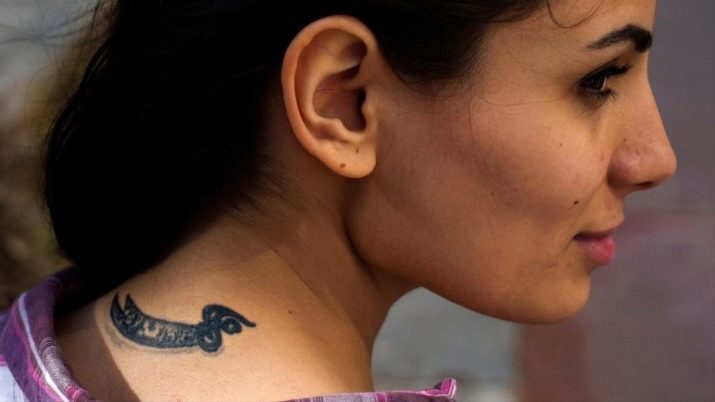
A kind of compromise is a temporary tattoo. An important condition is that so that it can be easily removed with clean water or vegetable oil.
But not even any temporary "picture" is allowed.
Examples of
It is useful to conclude with a few specific examples of tattoos that are permissible from the point of view of Islam. Based on these samples, you can create a completely original and beautiful plot. Not bad options are:
- star and crescent (an expression of a general commitment to Islam);
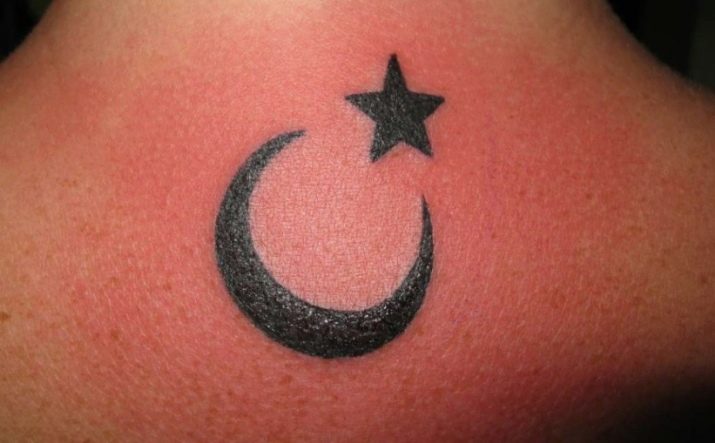
- the image of the mosque;
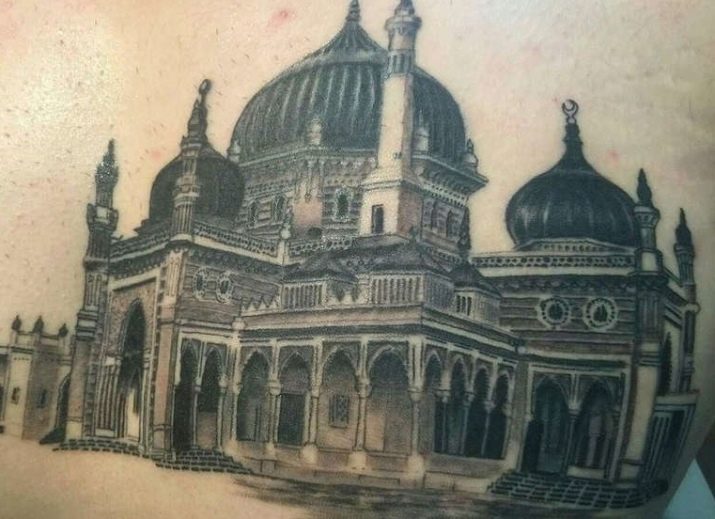
- Arabic inscription and edged weapons;
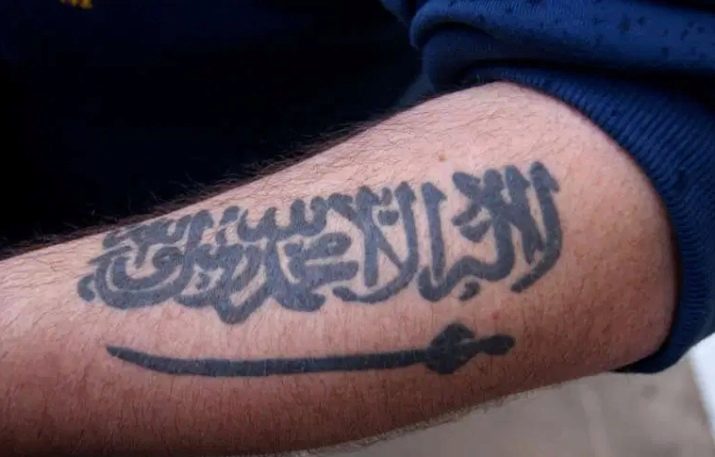
- a complex ornament;
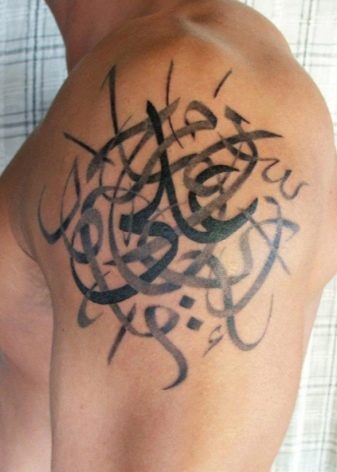

- plant in a pot, painted with Arabic script.
